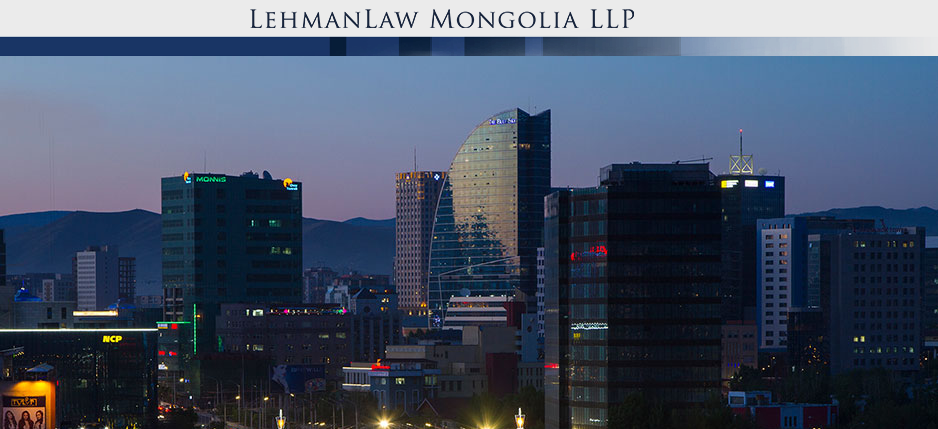Our team of Mongolian lawyers regularly field questions related to Mongolia’s capitalization requirements for the establishment of a new Mongolian company.
Mongolian law requires payment of at least USD $100,000 in capitalization funds per foreign shareholder when establishing a foreign owned company in Mongolia. This means a company established by a single foreign shareholder will be required to pay-in at least $100,000, while a company established by two foreign shareholders must pay at least $200,000. This requirement is the same whether the shareholder is a foreign individual person, or a legal entity.
A frequently asked question is what are the permitted uses of these funds after the company is successfully established. The good news is that once the company has been formally registered and operations commence, the initial capitalization funds will be available for normal use by the company in connection with the company’s expenses and liabilities incurred in the course of operations. The government of Mongolia, generally does not track how these capitalization funds are used. With the right contractual arrangements in place, the new Mongolian company will even be able to remit a significant portion of the initial capital back to the foreign shareholder/s.
Prospective investors should note however that in the event the Mongolian entity encounters difficulty, it will be legally liable up to the $100,000 threshold, regardless of whether that initial payment remains on the company’s books, or has been spent or remitted abroad.
It is important to note that where the total foreign ownership of a company is lower than 25% the company will not be considered foreign owned for the purposes of Mongolian law, and the $100,000 capitalization requirement per foreign shareholder will not apply. As a result, it is common for foreign investors interested in entering Mongolia to work with a local partner holding 76% of a new Mongolian entity, while the foreign side holds only a minority 24%. In some cases this arrangement works well, while in others differences in strategy or management style between the foreign investor and the Mongolian partner may lead to disagreements. When considering a prospective joint venture of this kind, care must be taken to structure the legal documentation appropriately to best protect the foreign shareholder.
Another model we have encountered is a “Nominee Shareholder” arrangement. In this structure, the foreign investor reaches an agreement with a Mongolian national individual or company to establish and hold the equity in a Mongolian entity while acting on behalf of the foreign investor. This model can be effective and is permitted by Mongolia laws, however this structure carries significant potential risk in the event the wrong Mongolian Nominee is selected. As the Nominee Shareholder will have full control over the Mongolian company operations and management care must be taken in the selection of the Mongolian side, as well as in putting in place the appropriate legal agreements to limit the Nominee Shareholder’s authority to act and to maximize the foreign investor’s rights to recover from the Nominee.
